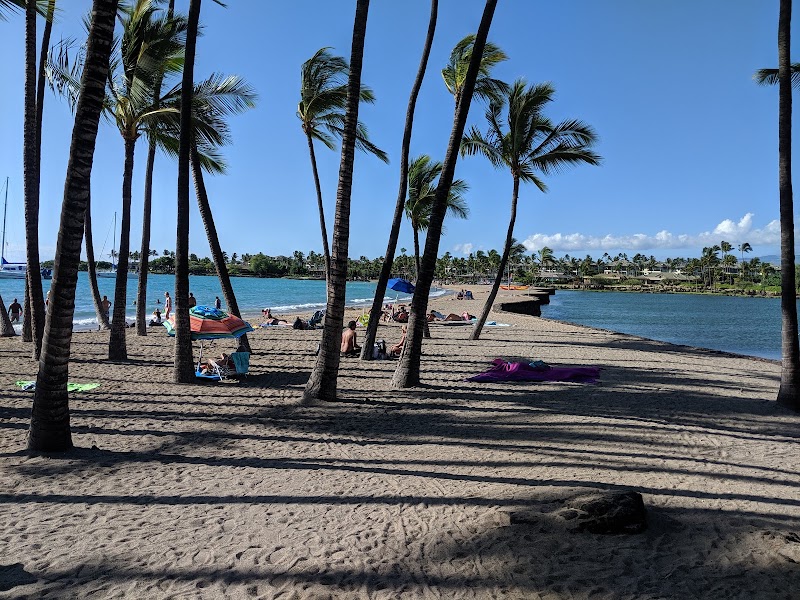
Hawaii Marine Life Conservation District Adventures
The Hawaii Marine Life Conservation Districts are protected marine areas aimed at preserving the abundant and diverse marine life in Hawaii’s waters. These districts offer exceptional opportunities for snorkeling and diving to explore vibrant coral reefs and marine ecosystems.
About Hawaii Marine Life Conservation District

Located around the Hawaiian Islands, the Hawaii Marine Life Conservation Districts (MLCDs) are critical habitats that are home to diverse species of fish, corals, and marine mammals. Established for the protection of vital marine environments, these districts include sites such as Hanauma Bay on Oahu and Molokini Crater off Maui. The establishment of MLCDs was driven by the increasing need to safeguard the pristine underwater landscapes that draw millions of visitors annually. Recreational activities commonly enjoyed in these areas include snorkeling, scuba diving, and underwater photography, made appealing by the abundance of colorful coral formations and schools of exotic fish. The clear waters provide excellent visibility, which enhances the experience of exploring the underwater world. The MLCDs also serve as important areas for research and education, helping raise awareness about marine conservation. Due to their ecological importance, there are strict regulations in place to ensure minimal human impact, preserving these natural treasures for future generations.
Highlights
Hanauma Bay - known for its pristine beach and excellent snorkeling opportunities.
Molokini Crater - a partially submerged volcanic crater with a thriving coral reef.
Kealakekua Bay - famous for its historical significance and lush marine biodiversity.
Honolua Bay - a top spot for surfers and snorkelers due to diverse marine habitats.
Notable Natural Features
Coral Reefs
Home to a wide variety of coral species that support diverse marine ecosystems.
Tropical Fish
Indigenous species like the Hawaiian state fish, Humuhumunukunukuāpuaʻa, attract divers and snorkelers alike.
Sea Turtles
Green sea turtles, or 'honu', are commonly seen in these protected waters.